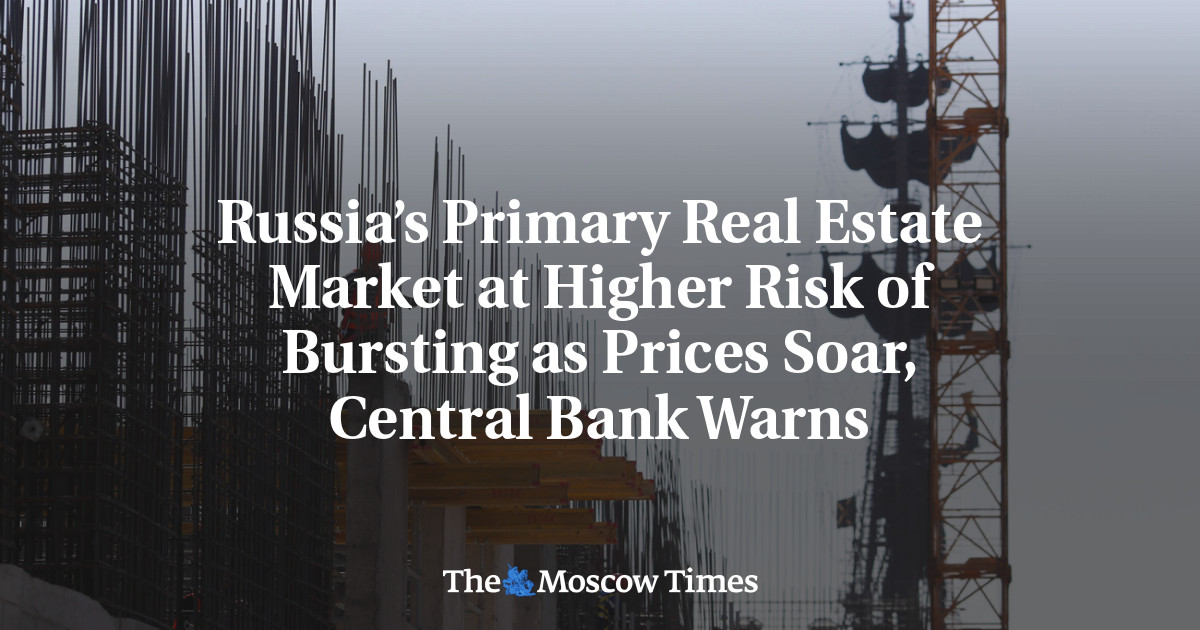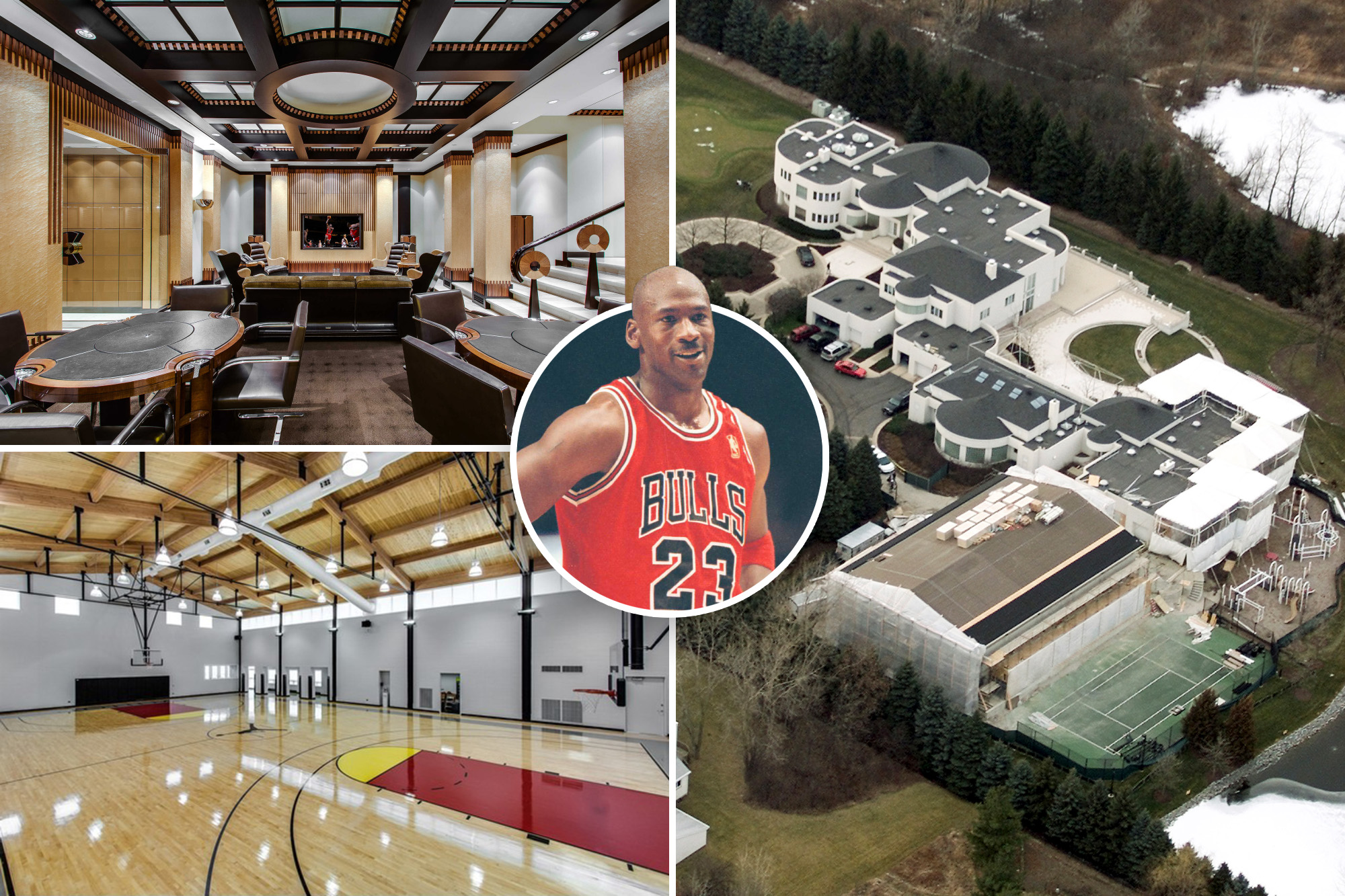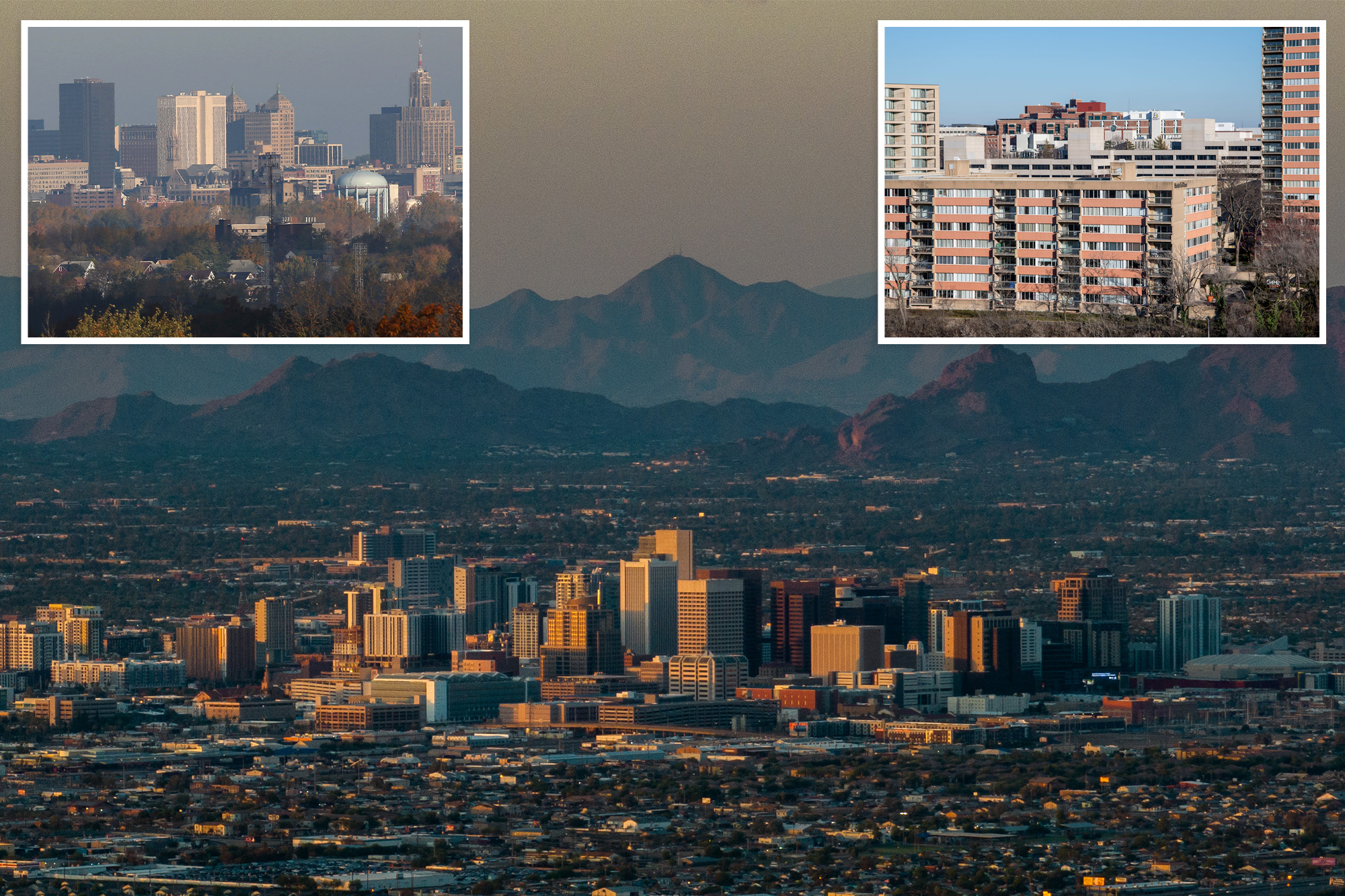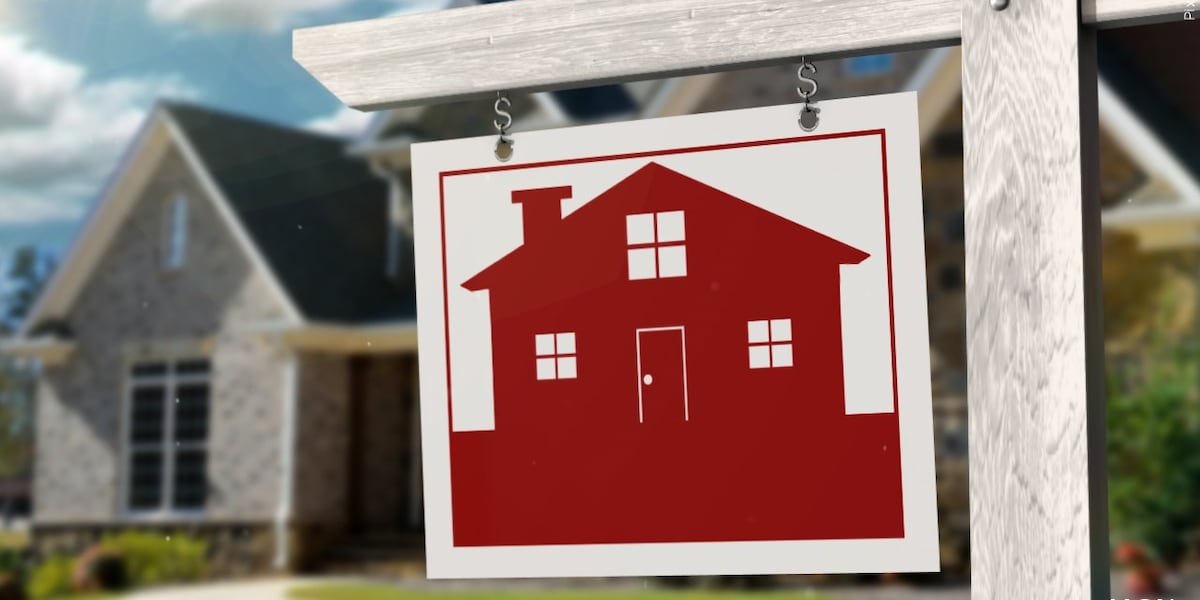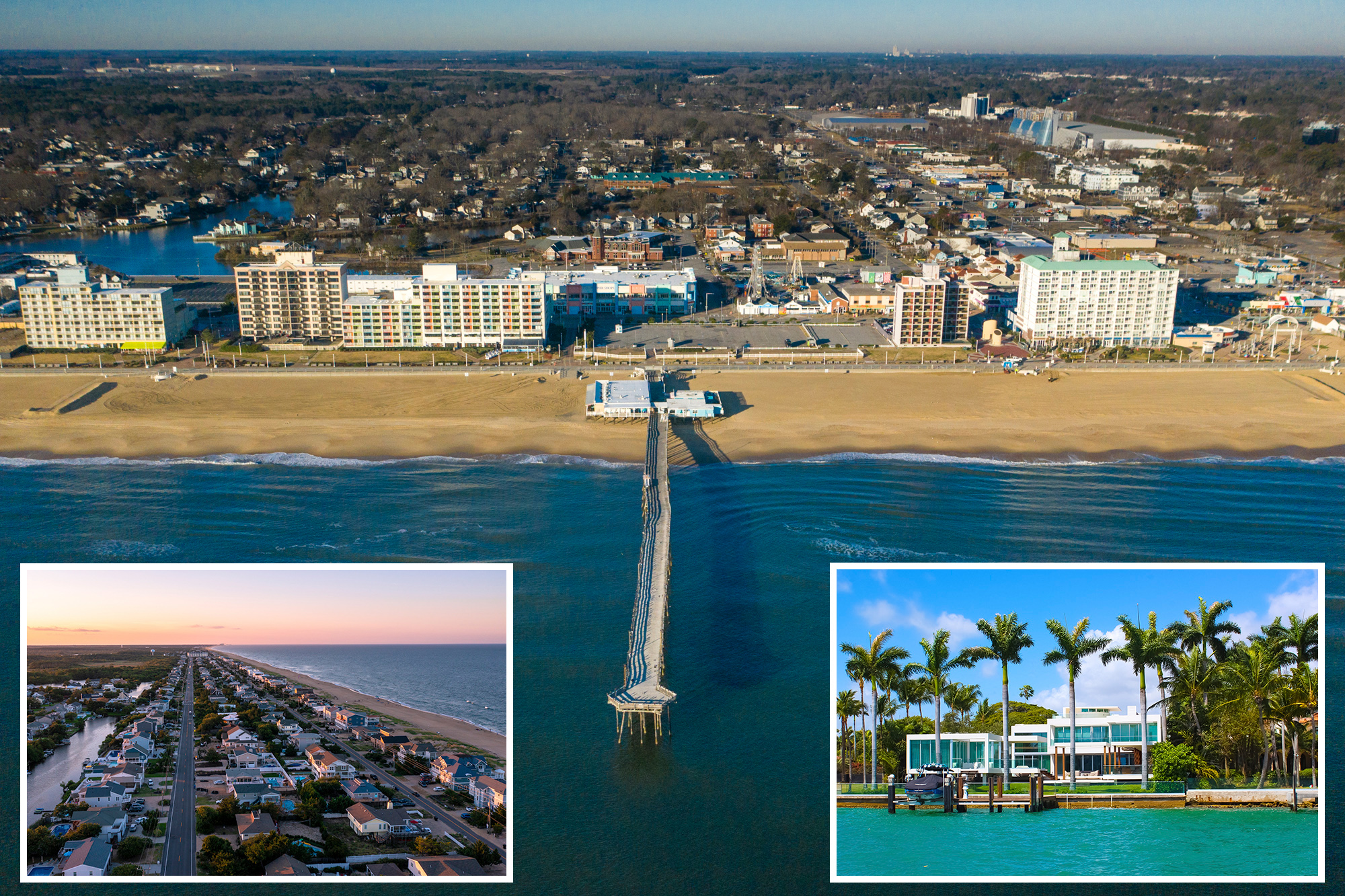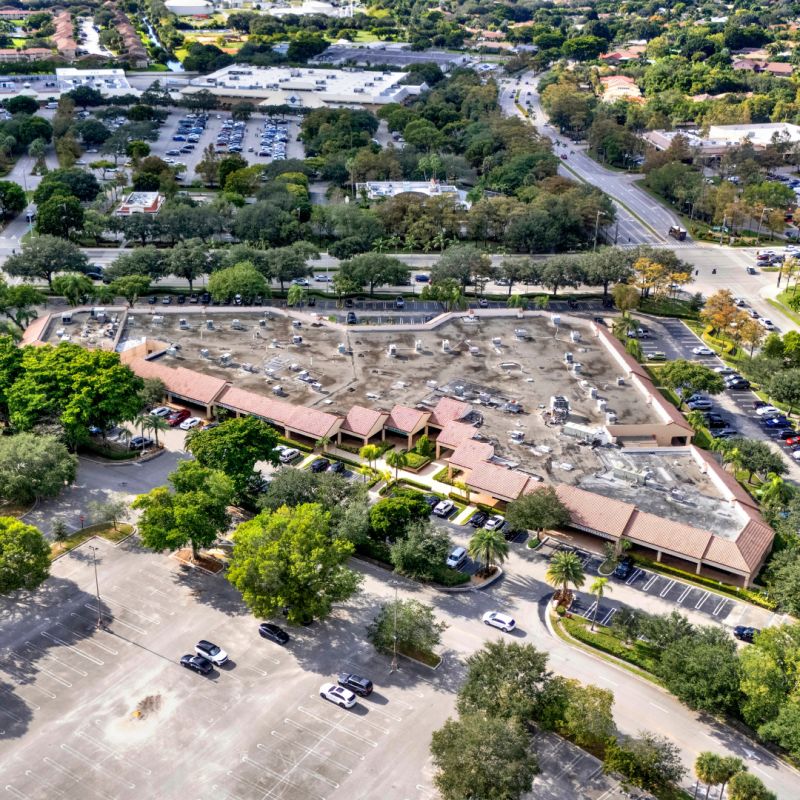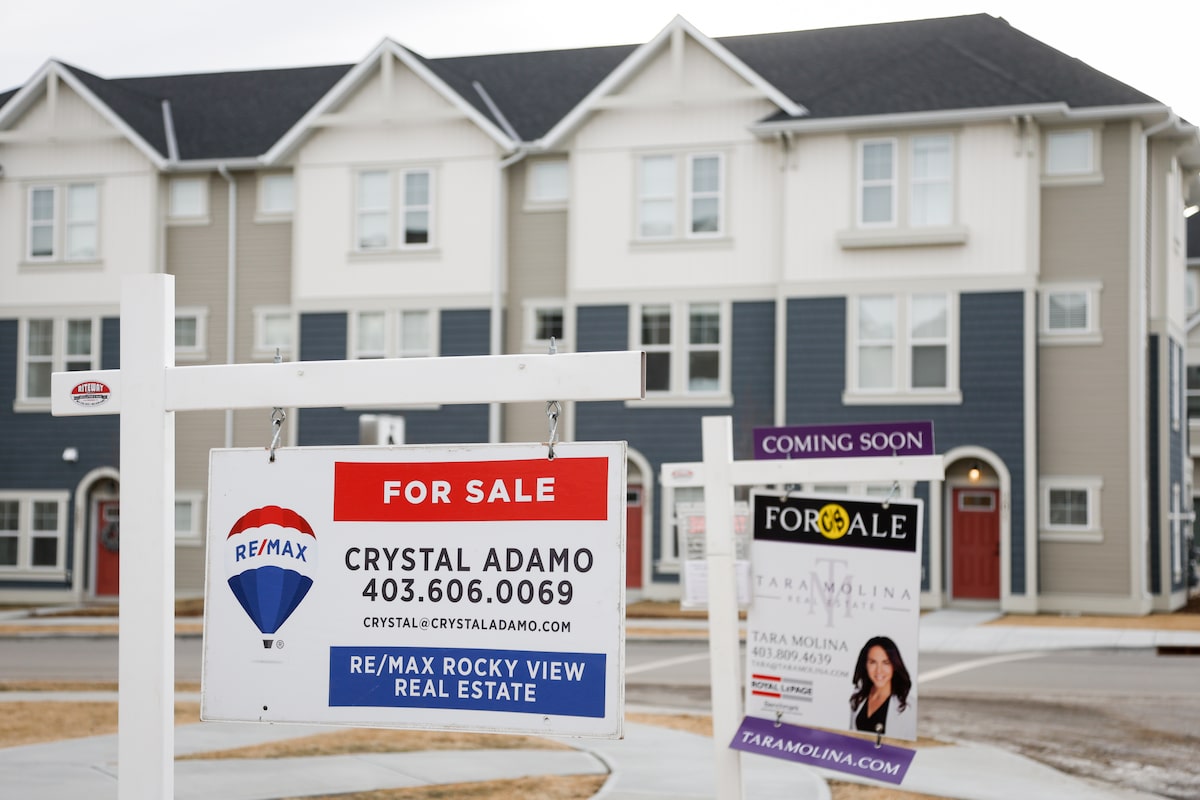R
ussia's Central Bank has sounded the alarm on rising home prices, warning of increased bubble risks in the country's primary real estate market. The bank tracks indicators such as mortgage lending, rental prices, and household incomes to gauge overheating. According to its quarterly report, all these indicators were on the rise until the second half of 2024, increasing the risk of a bubble forming.
However, following the end of a large-scale subsidized mortgage program and high mortgage interest rates, mortgage issuance slowed in the fourth quarter of 2024, reducing bubble risk. Yet, Russia's primary real estate market has reached a "high risk" level, with the UBS Global Real Estate Bubble Index hitting 1.6 in April, its highest level since at least 2016.
The Central Bank estimates reflect market conditions at the country level, but for comparison, UBS ranked residential property prices in major cities like Miami and Tokyo at a similar bubble risk level as Russia's primary real estate market. In contrast, Russia's secondary housing market shows no signs of overheating due to high and unsubsidized mortgage rates.
As of April, the average mortgage loan had reached 4.4 million rubles ($54,900), up 10% since the start of the year, with an all-time high loan term of nearly 26 years. Under current market conditions, a borrower taking out a 4.4 million ruble loan at a 30% annual interest rate would pay a total of 14.6 million rubles over the loan's lifetime.
